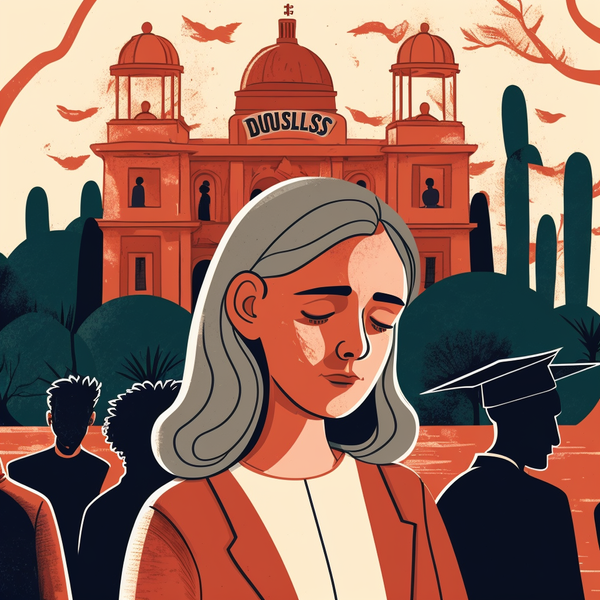Case Studies of Payment Platforms: Uber and Airbnb
Learn how Uber and Airbnb designed their payments platforms for growth, scalability, security and consistency.

Being the Product Manager of a Payments platform is hard, especially when looking for case studies that could help you understand how other companies have tackled some of the challenges you might face. Adding new payment methods while maintaining security, managing regulations, and keeping the traceability of every penny. I found the following well-documented case studies.
Uber Payments Platform
In 2017, Uber launched its next-generation payments platform with the primary goal of creating a solid foundation to support the speed and scale of the growth that their business was experiencing. Uber is a Marketplace that connects drivers with passengers as their primary business; however, their platform also supports Uber Eats (Marketplace that connects restaurants, carriers, and people), Uber Jump (Marketplace connecting Mobility Devices with passengers) or Uber Freight (Marketplace to connect Trucks, Drivers, and Companies).
Their primary design goals were:
- High Reliability through an active-active architecture.
- Strong consistency thanks to idempotency
- Auditable via double-entry bookkeeping principles
- Scalability to add new business lines, payment methods, and countries easily
Fortunately, the Uber team documented their approach and learnings in the following videos.
Engineering Uber's Next-Gen Payment Platform -- Mathieu Chauvin
Evolution of Payments at Uber -- Nimish Sheth & Steven Karis
Payments Integration at Uber: A Case Study -- Gergely Orosz
Building Uber's Payments Processing System -- Paul Sorenson
Reliable processing in a streaming payment system -- Emilee Urbanek and Manas Kelshikar
Uber Finance Computation Platform
Airbnb Payments Platform
Airbnb is a marketplace connecting guests and hosts in over 190 countries, 40 currencies, and dozens of payment methods. Airbnb realized the big challenge of Transactional Integrity, which means representing a money movement accurately and verifying it. They also discovered that Reconciliation was a critical part of their payments platform.
You can learn more about scaling a Payment Platform in the following articles:
- Scaling Airbnb's Payment Platform
- Tracking the Money - Scaling Financial Reporting at Airbnb
- Avoiding Double Payments in a Distributed Payment System
- How to measure transactional integrity
- Rebuilding Payment Orchestration at Airbnb
This article is for one of my mentees who asked me about examples of how other companies scaled their payment platforms.
Photo by Anthony Shkraba from Pexels




